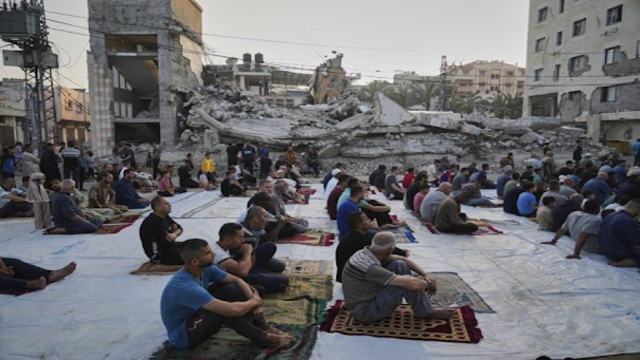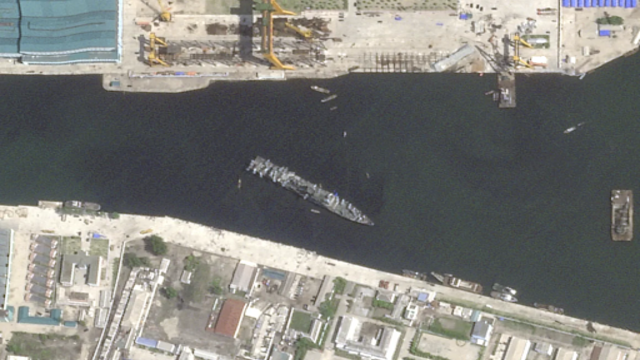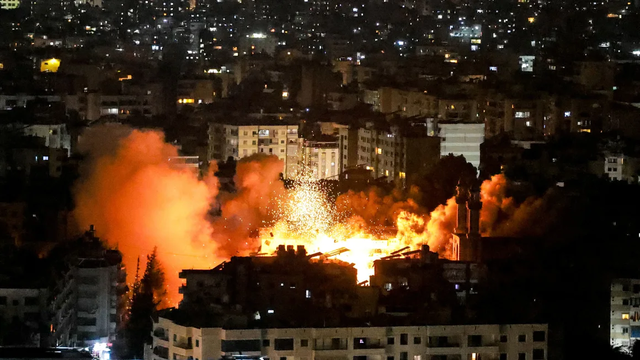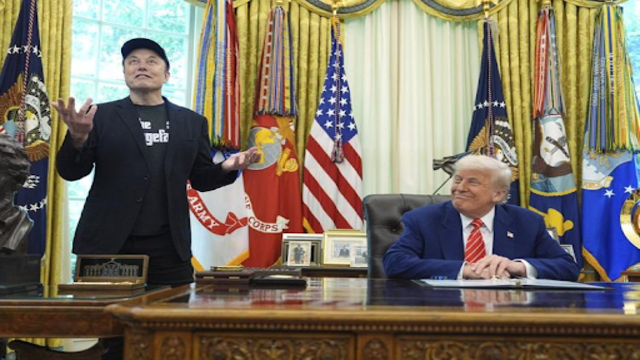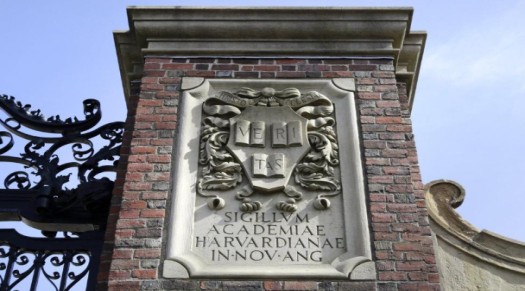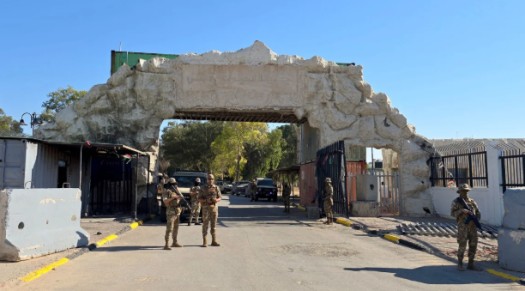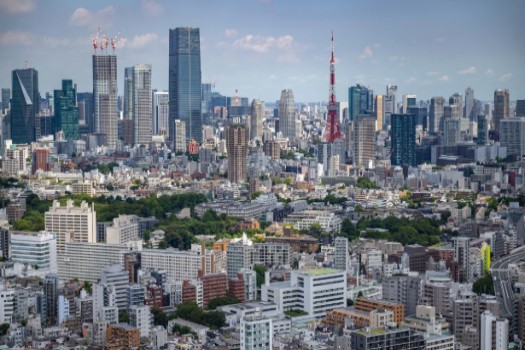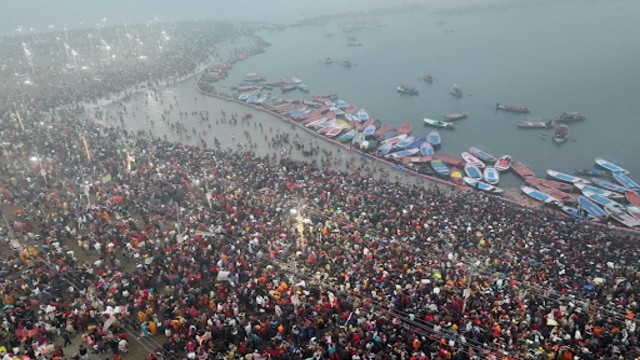
An estimated 400 million people are anticipated to join the Maha Kumbh Mela over the coming six weeks. Getty Images
In northern India, the sacred city of Prayagraj has become the focal point of the Maha Kumbh Mela, the largest religious gathering in the world. Over six weeks, nearly 400 million devotees are expected to arrive, seeking spiritual purification by bathing in the Triveni Sangam, where the Ganges, Yamuna, and mythical Saraswati rivers meet.
Held every 12 years, the Maha Kumbh Mela rotates among four holy cities and holds immense significance in Hindu tradition. According to mythology, drops of the elixir of immortality fell at these locations during a celestial battle. UNESCO recognizes the festival as a cultural treasure, drawing both religious pilgrims and cultural enthusiasts, including celebrities.
This year's event, inaugurated by prominent leaders, reflects India's deep-rooted spiritual heritage. Yogi Adityanath, Chief Minister of Uttar Pradesh, shared that millions have already performed the holy dip, while Prime Minister Narendra Modi extended an invitation to the global community.
Hosting the festival on such a massive scale required years of preparation and significant investment. Prayagraj, home to 6 million people, has been transformed into a bustling tent city with 160,000 tents, 150,000 toilets, and over 1,200 kilometers of drinking water pipelines spread across 4,000 hectares.
Safety is a priority, especially after past incidents of overcrowding and tragedies at religious gatherings. This year, over 1,000 police officers, 2,700 AI-powered cameras, drones, and even underwater surveillance devices have been deployed to monitor the city. Additional measures include checkpoints, flyovers, and improved road connectivity to handle the influx of visitors.
To facilitate transportation, authorities have added 3,000 special trains, 13,100 train services, 7,000 buses, and 30 pontoon bridges. These upgrades aim to ensure seamless travel for the millions expected to arrive by February 26, when the festival concludes.
The renaming of Prayagraj, previously known as Allahabad, reflects an effort to reclaim its historical and spiritual identity. This decision aligns with broader initiatives to celebrate India’s Hindu heritage.
Among the highlights of the festival are the Naga Sadhus, ash-covered ascetics who perform rituals and lead processions. Their participation symbolizes renunciation and devotion, adding to the unique vibrancy of the event.
The Maha Kumbh Mela is more than a religious gathering; it is a testament to India’s rich cultural history and collective faith. For many attendees, it represents an opportunity for spiritual renewal and connection to centuries-old traditions.



